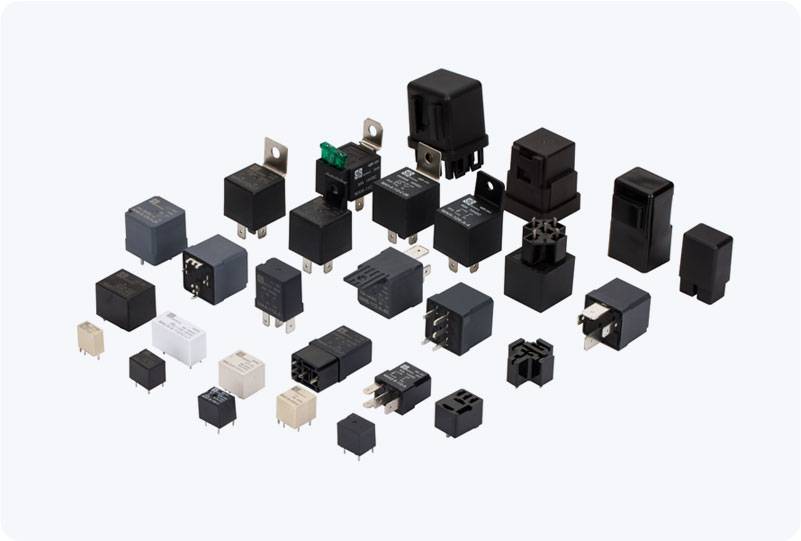In recent years, the rise of the Internet of Things (IoT) has significantly impacted the way devices communicate, and the need for efficient, low-power communication systems has become a major focus. One of the key technologies enabling such systems is the low power communication relay. These devices, designed to consume minimal energy while maintaining robust communication capabilities, play an essential role in expanding the reach and improving the efficiency of wireless networks. This article delves into the concept of low power communication relays, their benefits, applications, and the technologies behind them.

What is a Low Power Communication Relay? A low power communication relay is a device used in wireless communication systems to extend the range and enhance the coverage of signals while consuming minimal power. These relays typically act as intermediaries, receiving a weak signal from a source device and retransmitting it to a destination device over a longer distance. Unlike traditional relays, which often require significant amounts of power, low power relays are specifically designed to function in energy-constrained environments, making them ideal for battery-powered applications.
These relays are often used in scenarios where traditional communication networks, such as Wi-Fi or cellular, cannot efficiently cover large areas or where frequent recharging of devices is impractical. The key feature of low power communication relays is their ability to transmit data using minimal energy, enabling them to operate for long periods without needing to replace or recharge batteries frequently.